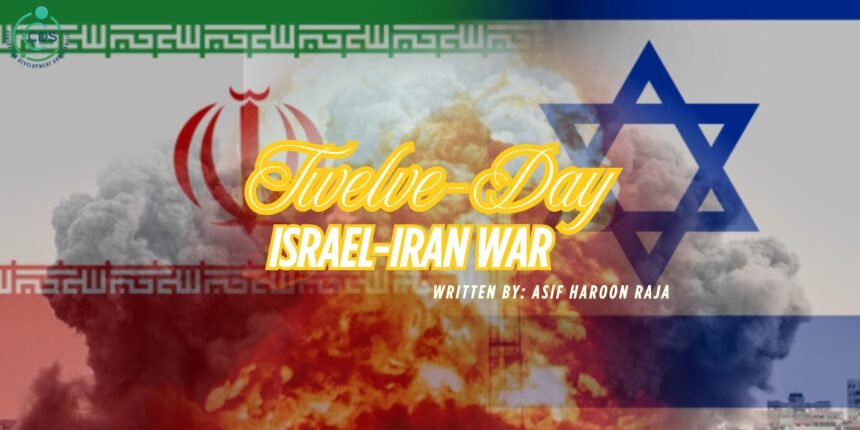Iran’s Nuclear Program and Israeli Hostility
Since 2011, Israel has raised alarms over Iran’s nuclear program, pressuring the U.S. to dismantle it. Under intense Israeli lobbying, President Barack Obama persuaded Tehran to sign the Joint Comprehensive Plan of Action (JCPOA) in July 2014. Iran agreed to scale back uranium enrichment in exchange for the lifting of sanctions and unfreezing of bank accounts. The UK, France, Germany, and Russia acted as guarantors.
- Iran’s Nuclear Program and Israeli Hostility
- Objectives Behind Israel’s Attack
- Operation “Rising Lion” and Israel’s Initial Strike
- Iran’s Retaliation
- Netanyahu’s Plea and U.S. Escalation
- U.S. Airstrikes on Iran’s Nuclear Sites
- Iran Dismisses U.S. Claims
- Indian Involvement
- Vulnerable U.S. Bases in the Region
- Iranian Counterstrike Against U.S. Bases
- Russia and China Respond
- Pakistan’s Support for Iran
- Domestic Repercussions in the U.S.
- Post-Conflict Developments
- The Bigger Picture
- The author, Brigadier (Retd) Asif Haroon Raja, is a war veteran, a defence and political analyst, an international columnist, and the author of five books. He serves as Chairman of Thinkers Forum Pakistan and Patron-in-Chief of the CDS Think Tank. He frequently participates in seminars and television talk shows.
- *The views and opinions expressed herein, and any references, are those of the author and do not necessarily reflect the editorial policy of the Centre for Development and Stability (CDS).
However, in October 2018, President Donald Trump, under Israeli influence, unilaterally withdrew from the deal and reimposed sanctions. When efforts to restore the deal failed, Iran resumed enrichment.
Upon reassuming power in January 2025, Trump came under renewed pressure from Israeli Prime Minister Benjamin Netanyahu to destroy Iran’s nuclear infrastructure, alleging that Tehran was nearing a nuclear breakthrough. Iran, in defiance, refused to capitulate, vowing to retaliate if attacked. Eventually, Trump gave Israel the green light to strike.
Objectives Behind Israel’s Attack
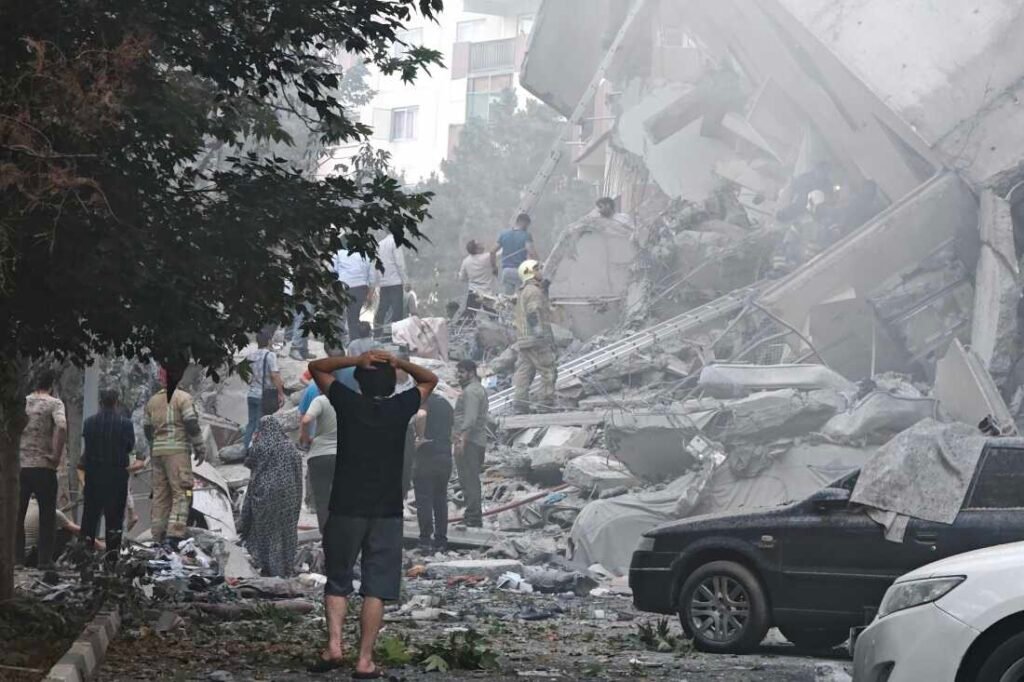
Israel’s primary aim was to:
- Destroy Iran’s nuclear and missile capabilities.
- Divert global attention from its atrocities in Gaza and the West Bank.
- Pursue a regime-change strategy akin to Syria.
- The West Bank, like Gaza, was placed under total blockade while ethnic cleansing efforts intensified.
Operation “Rising Lion” and Israel’s Initial Strike
On June 13, 2025, Israel launched Operation Rising Lion, using pre-positioned drones and embedded operatives. Israel targeted and destroyed Iran’s air defence systems and assassinated 30 top military commanders and up to 16 nuclear scientists.
This was followed by ‘Operation Iron Sweep’, involving 200 fighter jets and 300 U.S.-supplied Hellfire drones, aimed at dismantling Iran’s nuclear facilities and missile stockpiles. The initial wave caused immense human and material damage, with Iran suffering over 900 casualties, including 300–350 military personnel.
Iran’s Retaliation
Iran took nearly 18 hours to respond due to initial paralysis of its air defences and loss of top command. Once radar and missile systems were restored, Iran began launching drones and missiles. Despite Israel’s fortified Iron Dome, Patriot-3, and American THAAD systems, 11–15% of Iranian missiles penetrated the shield, damaging strategic sites and degrading Israel’s air defence credibility.
Netanyahu’s Plea and U.S. Escalation
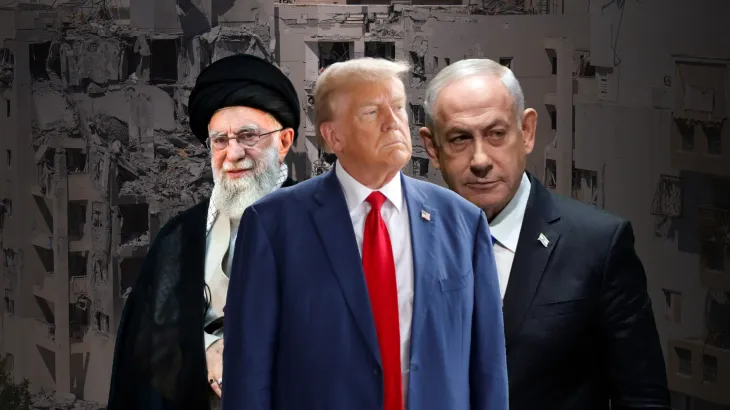
Alarmed by Iran’s missile efficacy, Netanyahu urgently requested U.S. intervention. On June 18, after discussions with Pakistan’s Army Chief Gen. Asim Munir, Trump announced a two-week ceasefire window. Peace advocates welcomed the pause, and Pakistan even nominated Trump for the Nobel Peace Prize.
However, Israeli pressure prevailed. On June 20, Trump reversed his position and ordered U.S. forces to strike.
U.S. Airstrikes on Iran’s Nuclear Sites
Between June 21 and 22, seven B-2 stealth bombers equipped with 30,000 lb GBU-57 bunker-buster bombs targeted Fordow, Natanz, and Isfahan nuclear facilities. The attack was supported by 24 F-22s, 30 F-35As, AWACS, ISR platforms, and aerial refuelers. Simultaneously, a U.S. submarine launched 75 Tomahawk missiles.
Trump declared success, boasting that the facilities were destroyed and proclaimed, “NOW IS THE TIME FOR PEACE!”
Iran Dismisses U.S. Claims
Iran countered Trump’s claims, asserting that:
- Nuclear sites had been evacuated weeks prior.
- Enriched uranium was relocated to western Iran.
- Damage was limited to surface structures and tunnels near Fordow.
- No atomic explosion occurred, affirming the absence of warheads or reactors.
- Iran maintained it retained the full capability to build a nuclear bomb and vowed to accelerate efforts.
Indian Involvement
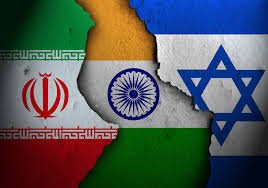
India covertly supported Israel by:
- Providing Mossad with intelligence via operatives embedded as engineers and workers in Iran.
- Facilitating target identification for Israeli air strikes.
- Allowing U.S. B-2 bombers to use its airspace during the June 21/22 raids—confirmed by global flight tracking data.
- This constituted a clear betrayal of Iran, exacerbating tensions.
Vulnerable U.S. Bases in the Region
Iran’s missile range encompasses 19 U.S. bases in the region, including:
- Qatar: Al Udeid (CENTCOM HQ)
- UAE: Al Dhafra
- Bahrain: Fifth Fleet HQ
- Kuwait: Camp Arifjan, Ali Al-Salem
- Saudi Arabia: Prince Sultan Air Base
- Iraq: Ain al-Asad, Erbil
- Syria & Turkey: Al-Tanf and Incirlik
- Iran possesses medium-range missiles like Shahab-3 and Qiam with up to 2,000 km range.
Iranian Counterstrike Against U.S. Bases
On June 23, Iran retaliated by launching massive ballistic and drone attacks on Al Udeid and Ain al-Asad. Iran had forewarned, allowing evacuation.
The Iranian parliament also approved the closure of the Strait of Hormuz, effective June 22, and withdrew from the Nuclear Non-Proliferation Treaty (NPT), halting cooperation with the IAEA.
Russia and China Respond
Russia: Held high-level meetings with Iranian officials in Moscow, offering full support and condemning U.S. aggression.
China: Urged diplomacy and restraint, refraining from direct involvement but condemning both Israel and the U.S.
Pakistan’s Support for Iran
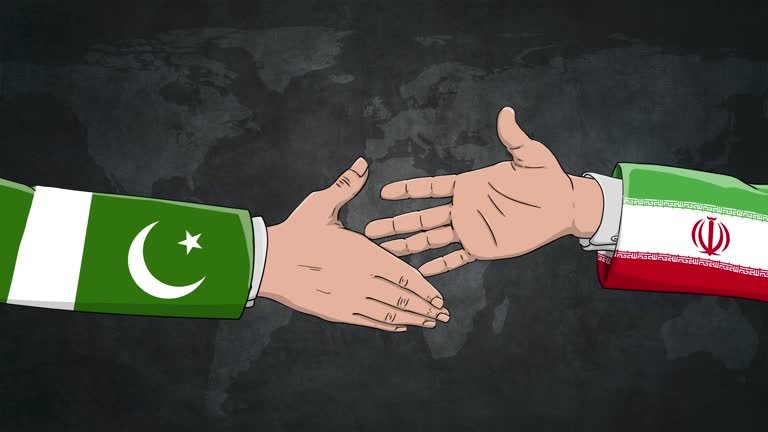
Pakistan extended full political, diplomatic, and moral support to Iran:
- The Prime Minister condemned Israeli and U.S. aggression.
- Parliament expressed solidarity with Iran’s right to self-defence.
- Pakistan reaffirmed support for Iran’s peaceful nuclear ambitions.
- Ceasefire Attempt and Continuing Strikes
Despite Trump’s announcement of a 12-hour ceasefire on June 24—mediated by Qatar—hostilities continued. Both IRGC and Israeli forces carried out intense missile strikes on June 23 and 24.
Domestic Repercussions in the U.S.
Within the U.S., mass protests erupted against Trump’s Middle East policies. Congress questioned the legality of his unilateral decision to enter the war, proposing War Powers Resolutions to curb presidential authority and end the conflict.
Post-Conflict Developments
Iran has begun rebuilding its nuclear sites. Meanwhile, Israel has continued its bombardment of Gaza. The U.S. used its veto in the UN Security Council to block a resolution demanding a ceasefire—citing the resolution’s failure to condemn Hamas.
Strategic Implications
Iran is not Iraq or Syria—it is a vast nation with:
- A population of 90 million
- Third-largest proven oil reserves
- Second-largest natural gas reserves
- A large arsenal of ballistic missiles
- Strategic allies in Russia and China
The Strait of Hormuz remains a key leverage point—handling 20% of global oil shipments. Any closure would spike global oil prices and shock financial markets.
Iran’s air force is outdated, but its robust missile and coastal defences make it a formidable opponent. The war exposed the vulnerabilities in Israel’s and U.S. air defence systems, which were depleted quickly under sustained attacks.
The Bigger Picture
This conflict marks a turning point in the Middle East:
- Israel continues to exert dominance with backing from the U.S.
- Arab states, having normalized ties with Israel via the Abraham Accords, remain largely silent on Gaza and Iranian sovereignty.
- Iran’s proxies are weakened but not eliminated.
- A broader regional war remains a real possibility.
Ultimately, Israel’s ambition for regional supremacy and Iran’s nuclear aspirations have brought the region to the brink of catastrophe. As long as double standards persist and diplomacy is sidelined, peace will remain elusive.

